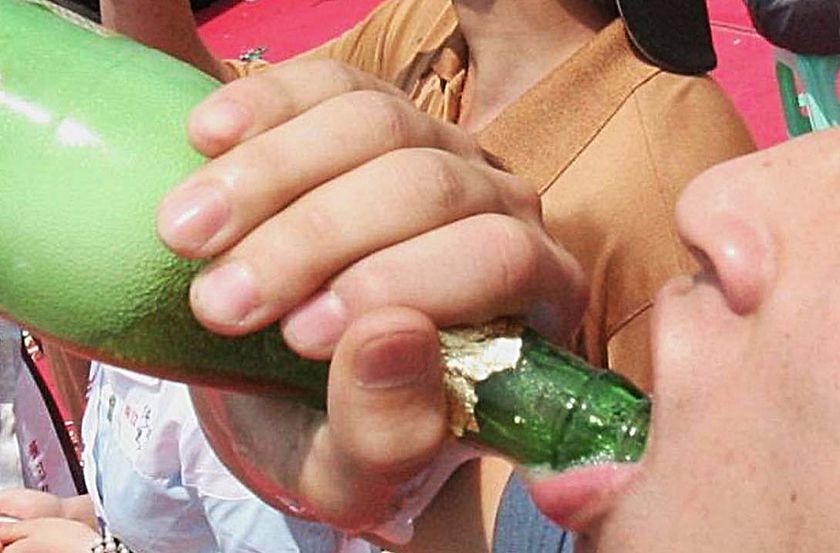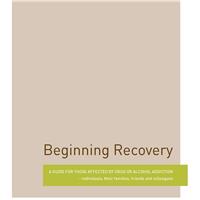Reducing consumption, even among light drinkers, can improve heart health, reduce body mass index, and bring down blood pressure.
According to a large new international study, even moderate drinking may not be good for the heart.

The study defines light to moderate drinking as consuming 0.6 to 0.8 fluid ounces of alcohol a day, or 17 to 23 ml, which is roughly what a 175 ml glass of wine contains.
The 155 researchers – from the UK, continental Europe, North America, and Australia – analysed data about links between drinking habits and heart health from 56 epidemiological studies covering more than 260,000 people of European descent.
They found that people with a particular gene consumed 17% less alcohol per week, were less likely to binge drink, and were more likely to abstain from alcohol altogether, than non- carriers.
These lower alcohol consumers typically had a 10% average reduced risk of coronary heart disease, lower blood pressure and a lower body mass index (BMI).
The researchers conclude that reducing alcohol consumption across all levels of consumption – even light to moderate drinking – is beneficial for heart health.
Co-author Michael Holmes, a research assistant professor in the University of Pennsylvania’s Perelman School of Medicine’s department of Transplant Surgery, says, “Contrary to what earlier reports have shown, it now appears that any exposure to alcohol has a negative impact upon heart health.”
He added that observational studies have suggested only heavy drinking is bad for the heart, and that light drinking might even provide some benefit, and this has led some people to believe moderate consumption is good for their health, even lowering their risk of heart disease.
“However, what we’re seeing with this new study, which uses an investigative approach similar to a randomized clinical trial, is that reduced consumption of alcohol, even for light-to-moderate drinkers, may lead to improved cardiovascular health,” says Prof. Holmes.
The study, funded by the British Heart Foundation and the UK’s Medical Research Council, examined the heart health of people who carry a particular version of the gene “alcohol dehydrogenase 1B” which is a protein that helps to break down alcohol more quickly than in non-carriers.
The rapid breakdown causes nausea, facial flushing, and other symptoms, and is linked to lower levels of alcohol consumption over time.
The team used the gene as an indicator of lower alcohol consumption, and from there found the links between lower consumption and improved heart health.




